Retro Replay Review
Gameplay
The Sandbox of God delivers a unique twist on the god-simulator genre, challenging players to master the order and timing of divine interventions. Beginning on a barren Earth, you’ll unlock and deploy a series of powers—rain, drought, tree seedlings, animal spawns, and more—across six distinct eras. Each era grants a new toolkit of abilities, urging you to experiment with countless permutations: summon vegetation before introducing herbivores, or reverse the order to observe the ecological fallout.
(HEY YOU!! We hope you enjoy! We try not to run ads. So basically, this is a very expensive hobby running this site. Please consider joining us for updates, forums, and more. Network w/ us to make some cash or friends while retro gaming, and you can win some free retro games for posting. Okay, carry on 👍)
This title thrives on emergent scenarios. While the core mechanic is deceptively simple—apply powers in sequence—the consequences range from predictable to delightfully unexpected. For example, sowing tree seedlings followed by a rainstorm yields towering forests, whereas reversing the order might leave saplings parched and doomed. Moments like these keep you on your toes, fostering a deep sense of discovery every time you press a new command button.
Replayability is baked into the experience via its era-based structure and final checklist. You have to carefully consider which actions to take and when; once you exhaust the allotted powers, the era ends and you move on. The satisfaction of checking off achievements—like “Seedling Savior” or “Famine Bringer”—provides a tangible progression system without relying on traditional leveling. This mechanic encourages multiple playthroughs as you strive for perfect sequences in all six eras.
Controls are intuitive, with a clear on-screen grid for placing powers and a straightforward toolbar for selection. The pacing is well-balanced: initial eras serve as gentle tutorials, while later stages introduce complex power combinations and environmental variables. Whether you’re a casual player drawn to sandbox creativity or a strategist hungry for optimization, the gameplay loop offers something to keep you engaged.
Although some might find the limited pool of powers restrictive at first, the real challenge lies in discovering hidden synergies. Fans of puzzle games will appreciate the brain-teasing satisfaction of unlocking new interactions, while simulation enthusiasts will enjoy watching ecosystems flourish or collapse under their divine hand.
Graphics
Visually, The Sandbox of God employs a minimalist art style that balances clarity with charm. The barren landscapes of early eras feature muted earth tones, which gradually give way to vibrant hues as your world blooms under rainclouds and forests sprawl across the terrain. This color evolution not only underscores your divine impact but also provides a satisfying visual reward for successful sequences.
Animations are simple but effective: raindrops ripple on the ground, trees sway gently in the breeze, and animals exhibit basic behaviors like grazing or hiding. While the engine isn’t pushing photorealistic boundaries, its hand-drawn aesthetic complements the strategic gameplay by keeping the interface uncluttered and easy to read.
User interface elements are thoughtfully designed. Power icons are distinct and readily identifiable, while the era progress bar and achievement checklist remain accessible without overwhelming the screen. Tooltips provide concise descriptions of each ability, helping newcomers quickly grasp how different powers interact.
The audio-visual presentation works in tandem to immerse you in the role of a deity. Subtle ambient sounds—rustling leaves, distant thunder, chirping birds—add depth to each era, reinforcing the cause-and-effect nature of your actions. The soundtrack, though unobtrusive, shifts moodfully as your world transforms, punctuating moments of triumph or catastrophe with light, ethereal melodies.
Performance is rock-solid on both PC and modern consoles. Frame rates remain stable even when sprawling forests and dozens of creatures populate the screen. The game’s modest system requirements make it accessible to a broad range of players without compromising visual fidelity.
Story
The Sandbox of God doesn’t indulge in a traditional narrative; instead, it weaves an emergent story driven entirely by your decisions. Each playthrough crafts its own tale—perhaps one of restoration, where you bring life back to a barren Earth, or a darker chronicle of unintended droughts and extinctions. These player-generated vignettes are the heart of the experience, encouraging you to carve out memorable scenarios with your divine toolkit.
While there’s no overarching protagonist or plot twists, the six-era structure imparts a loose arc: a journey from creation to civilization, and eventually to reflection on your stewardship of the planet. Small flavor texts between eras hint at thematic shifts—such as moving from primordial growth to the dawn of animal kingdoms—providing subtle context without bogging down the sandbox mentality.
This light-touch approach to storytelling ensures maximum freedom. You aren’t bound by quests or a linear story; instead, you set your own goals based on the achievement checklist. Did you want to see a world overrun by rabbits? Or maybe your pride pushes you to achieve a perfect ecosystem balance? These mini-objectives become personal stories that stay with you long after you set down the controller.
For players craving character-driven drama, the game might feel sparse. However, if you appreciate narrative through simulation—with every experiment forming a unique anecdote—the open-ended design will resonate deeply. The Sandbox of God trusts its audience to craft meaning, making each session feel like a canvas for your divine whims.
Ultimately, the story lives in the interplay of powers, environment, and your imagination. Whether you end up humbled by ecological collapse or lauded for a thriving paradise, the tale is yours to tell.
Overall Experience
The Sandbox of God stands out as a refreshing take on world-building and strategic simulation. Its blend of simple mechanics with deep emergent complexity ensures that no two playthroughs feel the same. The era-based progression and achievement checklist foster a compelling loop of experimentation and mastery, inviting you to dive back in and uncover new interactions.
While the minimalist graphics and absence of a traditional narrative may deter players seeking cinematic flair or character-driven plots, the game’s strengths lie in its sandbox freedom and the joy of discovery. Its polished interface and stable performance make it a pleasure to manage the delicate balance between life and decay, growth and destruction.
As a god simulator, it hits the sweet spot between approachable and thought-provoking. Casual gamers will find enjoyment in the visual feedback of their creations, while strategy enthusiasts can pore over optimal power sequences. The absence of high-stakes failure—each era simply concludes and tallies achievements—means you can experiment without fear, learning from every misstep.
In conclusion, The Sandbox of God offers a contemplative, engaging experience that rewards curiosity and strategic thinking. It’s a perfect pick for players who enjoy sandbox creativity, environmental puzzles, and emergent storytelling. Whether you aim to craft utopian ecosystems or unleash natural disasters for your own intrigue, the game provides a richly replayable platform for divine experimentation.
If you’re looking for a sandbox that lets you play deity with real consequences, this title is well worth your time. Prepare to reroute rivers, summon storms, and watch your miniature world evolve in surprising and delightful ways.
 Retro Replay Retro Replay gaming reviews, news, emulation, geek stuff and more!
Retro Replay Retro Replay gaming reviews, news, emulation, geek stuff and more!
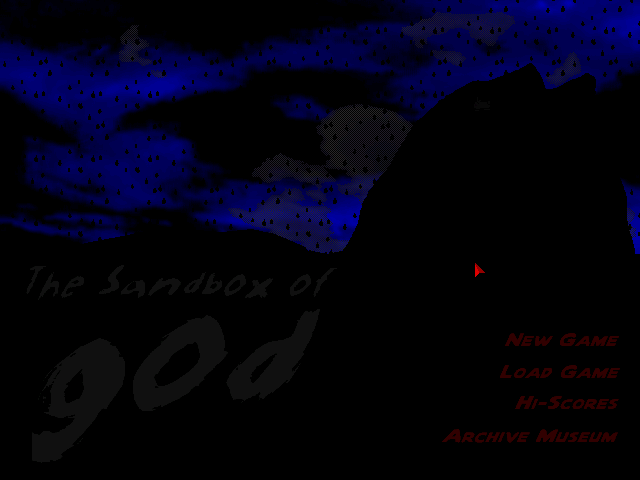
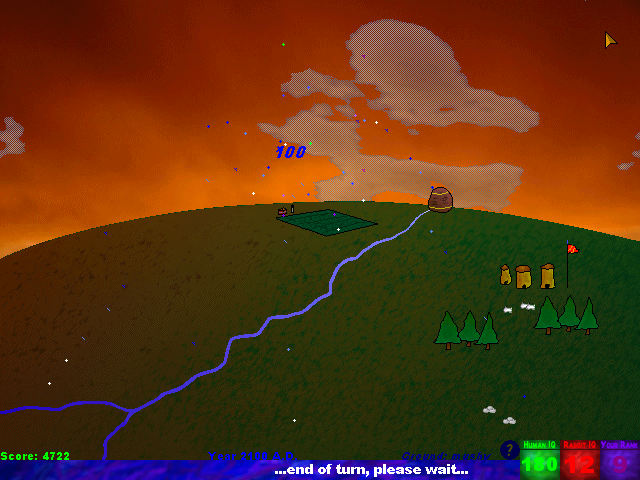
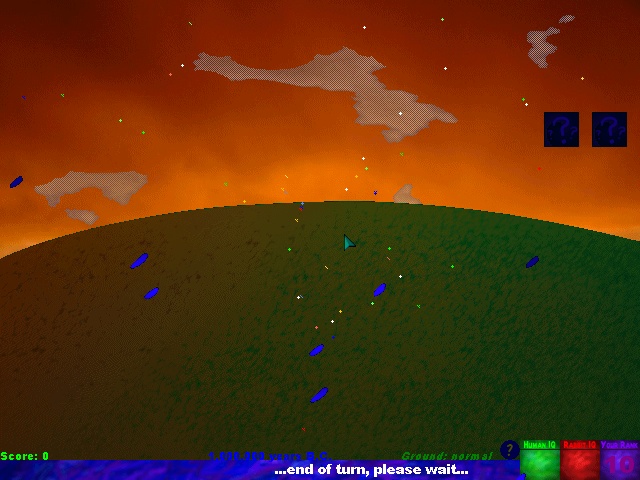
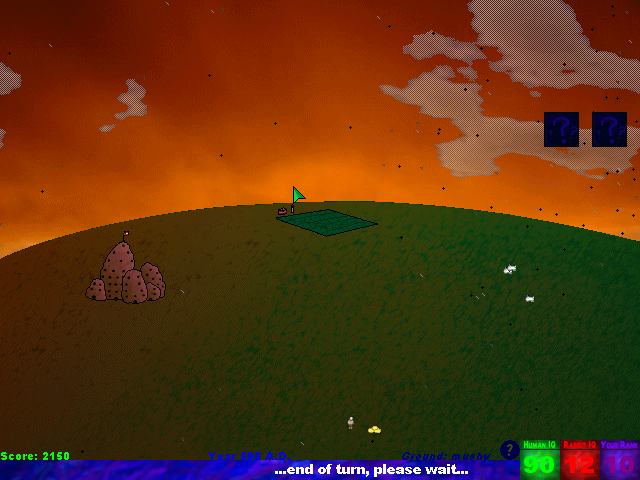
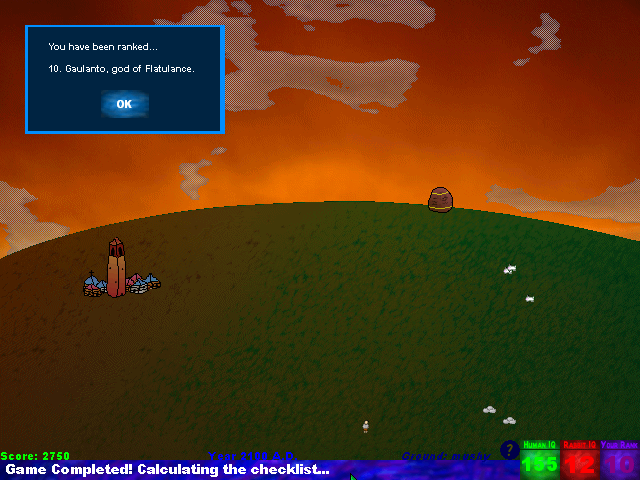
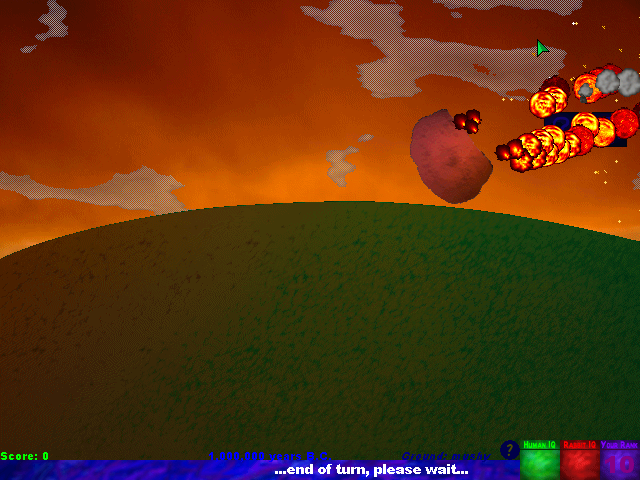



Reviews
There are no reviews yet.